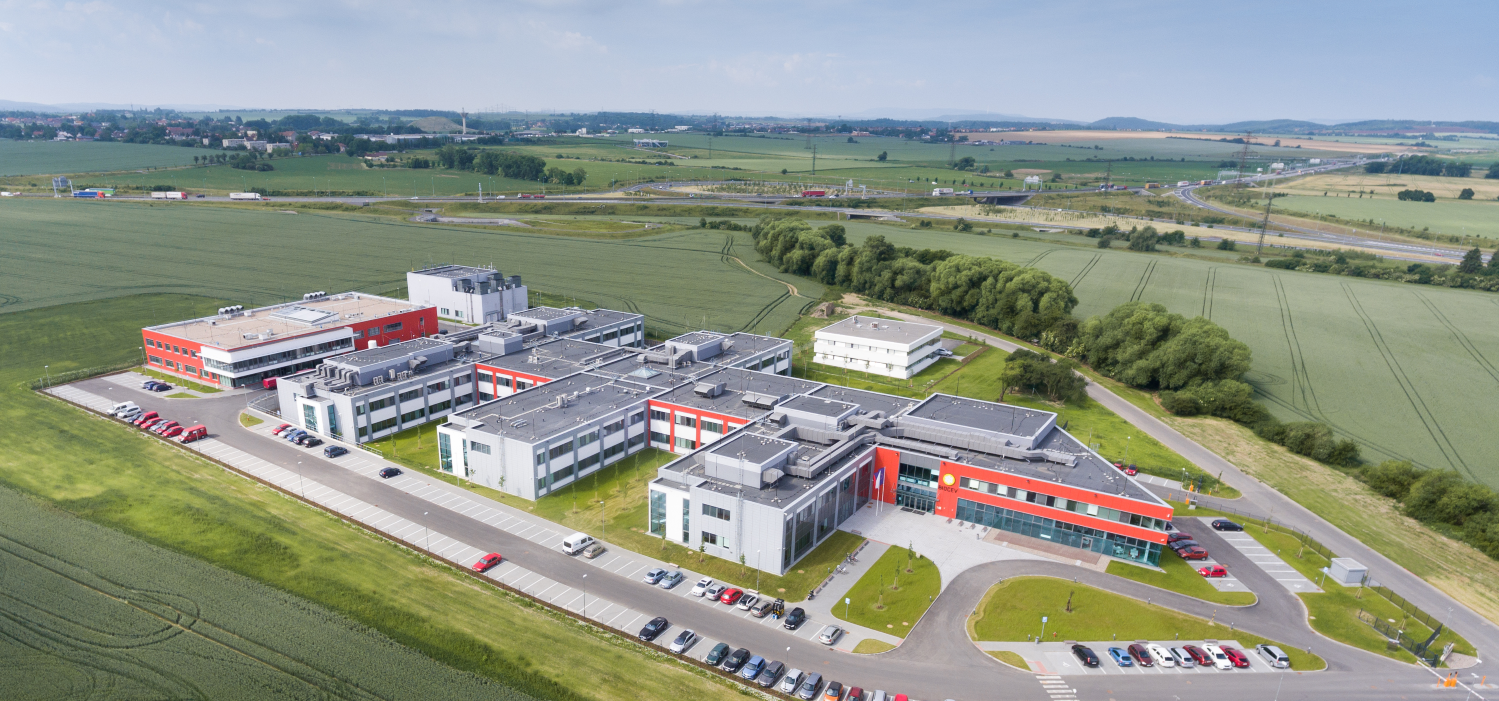In January 2016, LUMICKS’ first C-Trap® Optical Tweezers-Fluorescence Microscopy instrument was successfully installed at the BIOCEV research center in the Czech Republic. BIOCEV is a research institute in the areas of biotechnology and biomedicine of both the Academy of Sciences of the Czech Republic and the Charles University. The instrument was acquired by the lab of Dr. Zdeněk Lánský, head of the group Structural proteins and their complexes, to investigate the mechanics of interactions between cytoskeletal components at the single-molecule level.
Applications
Investigation of the specific structural role of cytoskeletal molecular motors and other proteins, that crosslink cytoskeletal filaments.
The research group studies the interactions between cytoskeletal filaments, such as microtubules, with specific proteins and the structural relevance of these interactions. Specifically, the Lánský lab investigates the shear forces acting on such systems in detail and aims to elucidate the physical mechanisms of processes such as filament sliding, both in presence and absence of complementary interacting proteins.
Two fluorescently labelled microtubules held in a crossed pattern using avidin-biotin chemistry on poly styrene microshpheres. A microtubule is dragged across another microtubule with a known force. A characteristic curve is observed due to the friction force between the two filaments (Left and Middle). The microspheres are now held stationary; the microtubule slowly relaxes (Right). Data courtesy of BIOCEV Prague, Dr. Zdeněk Lánský’s group.
The complex macromolecular assemblies are investigated by individually trapping two single microtubules between pairs of beads using four optical traps. The biomolecules can then be manipulated by steering the traps, while measuring the force and extension at the same time. In addition, combining high-resolution optical tweezers with simultaneous fluorescence measurements allows correlating the mechanical properties of individual microtubules with the binding kinetics, location and quantity of the interacting proteins.
The microfluidics system enables a quick workflow to robustly form the microtubule tethers and bring them in the desired interacting conformation. Furthermore, it allows for rapidly transporting the biological system to different channels, containing different buffer conditions and/or proteins, allowing for a fast and relatively easy experimentation of complex biological systems.
[blockquote cite=”Head of group at BIOCEV Prague” name=”Dr. Zdeněk Lánský” align=”left” reverse=”off”]We are now able to construct and investigate complex macromolecular assemblies because of the microfluidics system integrated in the setup.[/blockquote] [row] [column span=”6″]Ease-of-Use
Initially, the installed C-Trap® was used full time by a M.Sc student enrolled in Biomedical and Clinical Technology at the Charles University in Prague. After receiving three days of training by one of LUMICKS’ application scientists, she was fully able to operate the instrument independently and
perform single-molecule experiments.
Presently, the C-Trap® has been used exclusively by the members of Dr. Zdeněk Lánský’s lab; however, researchers from another group at BIOCEV are planning to use the same instrument for experiments on DNA.
[/column] [column span=”6″]Configuration
The specific configuration of this C-Trap® includes four independent continuous optical traps, three-color fluorescence and a laminar flow microfluidics system. The combination of the quadruple trap
configuration and three-color fluorescence enables the users to investigate the interactions between
two biomolecules in high detail. The microfluidics system allows quick and remote control of the
channels. The C-Trap® is installed on a pressure-stabilized optical table. The highly stable setup makes it possible to perform ultra-stable experimentation with minimal noise in a standard laboratory.
Outlook
The BIOCEV user-case illustrates the instrument’s ease-of-use and its applicability in the biomechanical research of the cytoskeleton microtubules, motors and their interactions. The ease-of-use of the instrument makes it accessible to users of diverse levels and scientific background after only three days of training. Furthermore, the C-Trap® can be successfully installed in a regular laboratory because of its inherent stability in the combination with a pressure-stabilized optical table.
LUMICKS is proud to have helped the group of Dr. Zdeněk Lánský to move forward in their research with the C-Trap® technology and is excited about the results of the coming landmark experiments.
[row]
[column span=”6″]
[glyphicon size=”med-icon” wrapper=”i” style=”accent” icon=”glyphicons-notes-2″]
Download the customer case story
[/column]
[column span=”6″]
[glyphicon size=”med-icon” wrapper=”i” style=”accent” icon=”glyphicons-notes-2″]
[/column] [/row]




